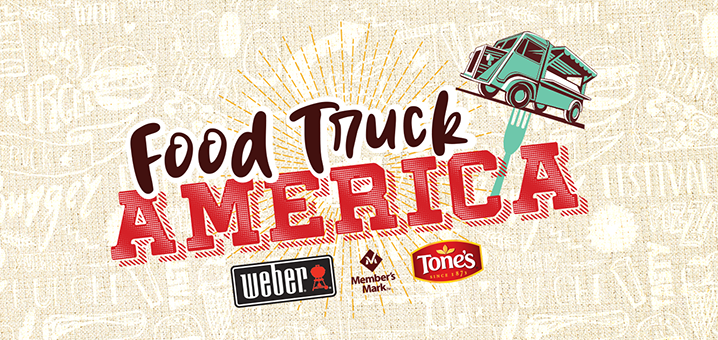Food trucks have come a long way from hot dog stands with Sabrett umbrellas. Today, the nation’s busiest cities boast of an impressive array of gourmet trucks ranging from tacos, to turkey and pulled pork to pie.
National press and shows like “The Great Food Truck Race” have catapulted food trucks from smoggy streets to high society. With few niches left untouched, chances are there’s a food truck for you.
The one downside? Winter weather. Brick and mortar stores take a hit in business when the weather is bad, but food trucks get it worse. Being mobile, food trucks are more susceptible to trials and tribulations during the angriest winter months.
Despite the northeastern snow and sleet, Hoboken’s Taco Truck stayed open every day during their first operating winter in 2009, which saw some huge snow storms in the New York area.
“The winter of 2009 into 2010, we stayed open every day,” Taco Truck CEO, Jason Scott, remembers. “We went out in every snow storm. We were shoveling the sidewalks out so our customers could get to the truck.”
He said that winter exemplifies a commitment to great food and even greater service. Employees brought an all-hands-on-deck mentality to work, along with their shovels.
Battling the North East elements is no easy feat, but perhaps even more difficult is the lack of revenue.
“During the winter, we
To bolster business the Taco Truck ensures speedy service, a regular schedule, and also offers a few warm wintery treats.
“We keep the same amount of people on as we would for busier days, despite the fact that we’re doing considerably less business,” he explains. “We [also] offer a fantastic soup during the winter, as well as abuelita, our Mexican hot chocolate.”
Unlike trucks in or around the tri-state area, a can-do attitude and some hot chocolate are not nearly enough to battle average winter temperature in cities, such as Minneapolis.
“You can’t operate a food truck successfully in the winter,” admits Turkey to Go owner, Drew Levin. “I mean you’re talking average temperatures under ten degrees. Who’s going to be going outside in that?”
Instead, Levin closed his truck during its first winter and built a kiosk inside an office building located in downtown Minneapolis. “We did okay, I mean we helped chip away at our fixed overhead… but business wasn’t as strong as it was on the food truck,” he admits.
Ultimately they did not of renew the kiosk for another winter. Instead Levin and his team opened a brick and mortar to supplement the wintery months.
“We were operating very successfully in season. People were showing there was a great demand for the product. [Our second year] we opened a brick and mortar in Minneapolis so we didn’t have to worry about a down season.”
Before Turkey to Go became a permanent fixture however, Minneapolis’ pioneer food truck employed a bustling catering business to help carry it through winter.
“We have a chef and a general manager, and we have a kitchen that we need to operate and pay year round for. So we’ve got overhead that we need to cover basically with six month of sales plus whatever we can generate in the winter months,” he explains. “Catering in the off season built up a very good steady stream of income in the winter to help us survive.”
Find the entire article by Amy Laviero on foxnews.com <here>




